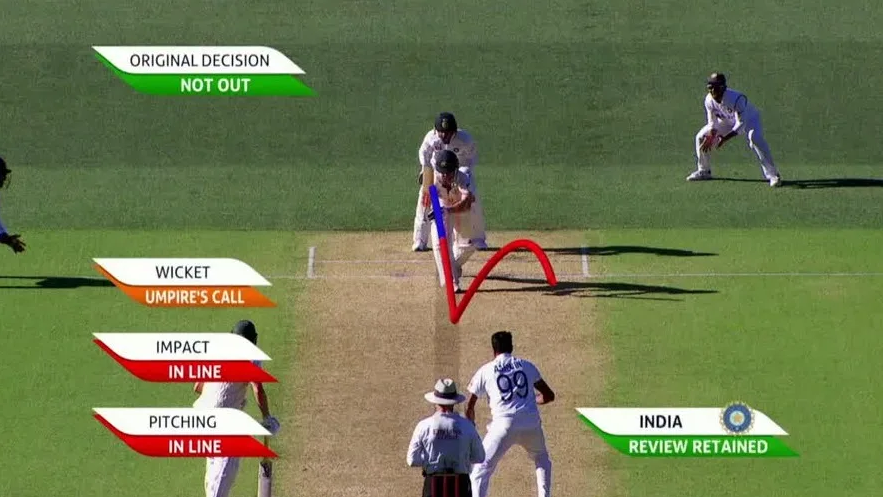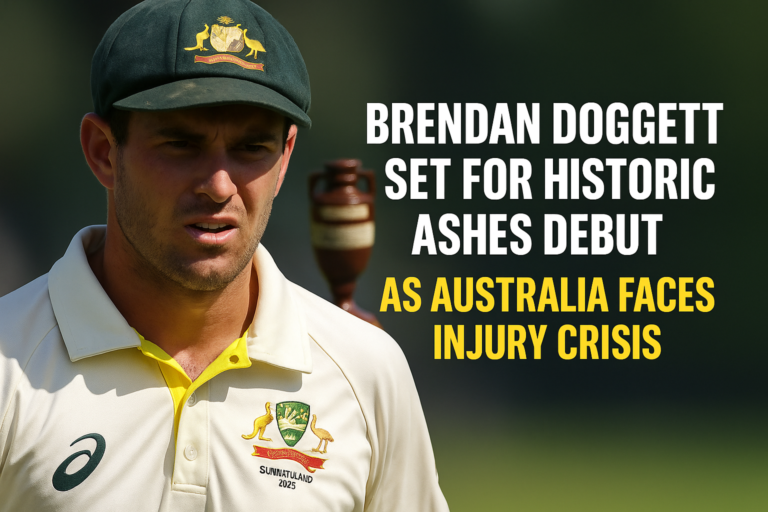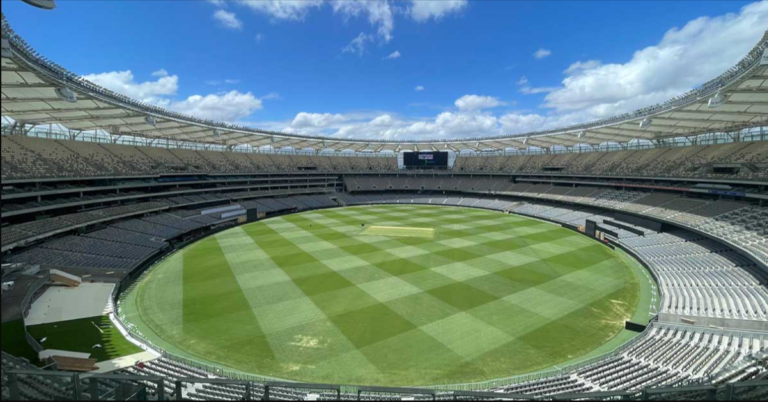
What Is the Decision Review System (DRS) in Cricket?
The Decision Review System (DRS) in cricket is a technology-driven tool that helps players and umpires make fairer decisions during matches. Introduced to reduce human errors, DRS allows teams to challenge on-field umpire calls, especially in close or controversial situations. With advanced tools like ball-tracking, audio sensors, and video replays, DRS has become a vital part of modern cricket, making the game more accurate and transparent for players and fans alike.
What Is DRS?
DRS stands for Decision Review System. It gives players the chance to question an umpire’s decision if they believe it might be wrong. For example, if a batter is given out LBW (Leg Before Wicket) or caught behind, the team can use DRS to check if the decision was correct. The third umpire, who is off the field, reviews all available technology and video footage to make a final call.
How Does DRS Work?
The process is simple and quick. When a decision is made on the field, the captain or a player can signal for a review by making a “T” shape with their hands. The third umpire then checks the incident using several technologies:
-
Ball Tracking (Hawk-Eye): This system tracks the ball’s path and predicts whether it would have hit the stumps in LBW cases. It uses multiple cameras to create a 3D image of the ball’s movement.
-
UltraEdge/Snickometer: This tool uses microphones to detect faint sounds when the ball hits the bat or pad. It helps confirm if the ball touched the bat before being caught.
-
HotSpot: Thermal cameras show if the ball made contact with the bat or pad, even if it’s not visible to the naked eye.
-
Video Replay: Multiple camera angles are used to review catches, run-outs, and boundary decisions.
If the review shows the original decision was wrong, it is changed. If not, the on-field umpire’s call stands.
Rules and Limits
Each team gets a limited number of reviews per innings. In Test matches, teams usually have three reviews, while in ODIs and T20s, they get two. If a review is successful, the team keeps its review; if not, they lose one. Reviews must be requested within 15 seconds of the on-field decision, and only players on the field can make the call—no help from the dressing room is allowed.
Key Decisions Reviewed by DRS
-
LBW (Leg Before Wicket): The most common use of DRS, where ball-tracking predicts if the ball would have hit the stumps.
-
Caught Behind: UltraEdge and HotSpot help confirm if the ball touched the bat before being caught by the wicket-keeper.
-
Run-Outs and Boundary Calls: Video replays check if the batter made their ground or if the ball crossed the boundary.
-
No-Ball and Wide Calls: In some cases, DRS is also used to check if the bowler overstepped or if the ball was too wide.
Umpire’s Call
Sometimes, the technology shows the decision is too close to call. In these cases, the original umpire’s decision stands—this is called “Umpire’s Call.” It means the margin of error is within acceptable limits, and the on-field umpire’s judgment is respected.
Benefits of DRS
-
Fairer Decisions: DRS reduces clear errors and helps ensure the right outcome in close calls.
-
Transparency: The process is visible to everyone, increasing trust in the game.
-
Player Confidence: Players feel more confident knowing they have a chance to challenge questionable decisions.
-
Excitement for Fans: DRS adds suspense and drama to matches, especially during crucial moments.
Controversies and Criticisms
Despite its benefits, DRS is not without controversy. Some critics argue that it undermines the authority of on-field umpires and can sometimes be inaccurate due to technology limitations. The cost of implementing DRS is also high, making it difficult for smaller boards to use in all matches. There are also debates about the “Umpire’s Call” rule, with some fans and players wanting it removed for more clarity.
Impact on Cricket
DRS has changed the way cricket is played and watched. It has made the game fairer and more accurate, especially in high-stakes matches. While not perfect, DRS continues to evolve, with new technologies and rules being introduced to improve its reliability and fairness.
Conclusion
The Decision Review System is now a key part of cricket, helping players and umpires make better decisions. By combining technology and human judgment, DRS ensures that matches are fairer and more exciting for everyone involved. Whether you’re a player, fan, or just starting to follow cricket, understanding DRS helps you appreciate the game’s modern challenges and innovations.




